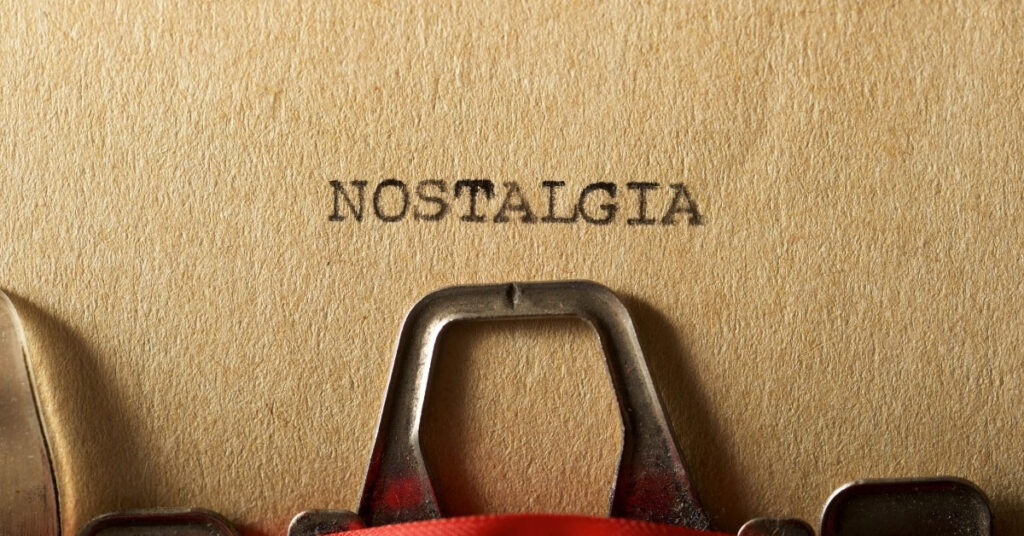Do you remember when you were a kid, and you could not wait to turn on the TV to watch your favorite show? Mornings were made sweeter through the special connections you had with your favorite character. Brands have increasingly leaned on pop culture in their advertising, and while using the most recent trend or celebrity in your advertising can be effective, nostalgia can appeal to your audience on a whole new level.
Brands have historically tapped into a nostalgic appeal in the periods following major crises, for example 9/11 and the financial downturns of 2008, and several have already added this into their 2020 and 2021 messaging toolkit. Nielsen previously found that ads resulting in an emotional response translated to a 23% increase in sales and that emotion had a high correlation to shifts in Brand Favorability. A Journal of Consumer Research study supported this notion in regards to nostalgia, and found that it may put consumers in a more willing to spend mindset.
In our previous post Generation Focus: What About the In-Between Research, we introduced the Zillennials. Feelings of nostalgia and connecting with “old school” aspects of previous generations is one trend uniting this group. As Millennials have aged into an increasingly hectic and digitally-driven world of responsibility, brands have identified nostalgia as a way to build social connections and bring optimistic feelings to a beneficial buying demo. Gen Z, who have grown up surrounded by digital and cultivated an interest in “retro” (yes, this now means 1990s and early 2000s era throwbacks), are also open to this type of messaging and interaction. The important piece to consider as you enter this territory, however, is authenticity. These potential consumers can easily identify an ad and will quickly separate the well-thought-out message from a cheap ploy.
Recent examples of this prospective time warp include:
- 2021 Super Bowl – Uber Eats brought back the 90’s classic Wayne’s World, starring Wayne and Garth with pop star Cardi B. Frito-Lay promoted Cheetos with Shaggy and his all-time classic. “It Wasn’t Me.”
- A TikTok Movement – Gen Z recently used TikTok to revive interest in the early 2000s Nick Jr. hit The Backyardigans, bringing all the feelings back for the show’s original fan base. What started with a 19-year-old TikToker from Miami, has turned into a viral phenomenon including covers and coordinated dance performances. Other users are literally recreating the excitement they experienced watching the show when it originally aired. The song “Castaways” hit the number one spot on Spotify’s US Viral 50 chart in May and is still in the ranking as of this post. Crazy, right?
- Fashion – “Y2K dressing” has driven the return of throwback crop tops and chunky shoes. Lee brand jeans launched a sustainable, size-inclusive denim collection with H&M that targets younger buyers with 90s styles. And Fubu is relaunching itself with plans specifically focused on Gen Z.
Why Nostalgia?
Emotions have an enormous impact on brand loyalty. Brands should consider utilizing nostalgia to reach consumers and build loyalty between them. Partnering with special shows, characters, or even other brands can help build new and deeper connections within your consumer base. A study from Tempkin Group in 2016 found that “when people have a positive emotional experience and association with a brand, they are 8.4 times more likely to trust that company and 7.1 times more likely to make a purchase”. Think about your favorite brands, would you remain a loyal fan if you did not have a little nostalgia associated with them?
The best campaigns are the ones that capture the heart. After all, nostalgia marketing timely captures our fondest memories and gives us a taste from back in time- and that is brilliant marketing at work.


